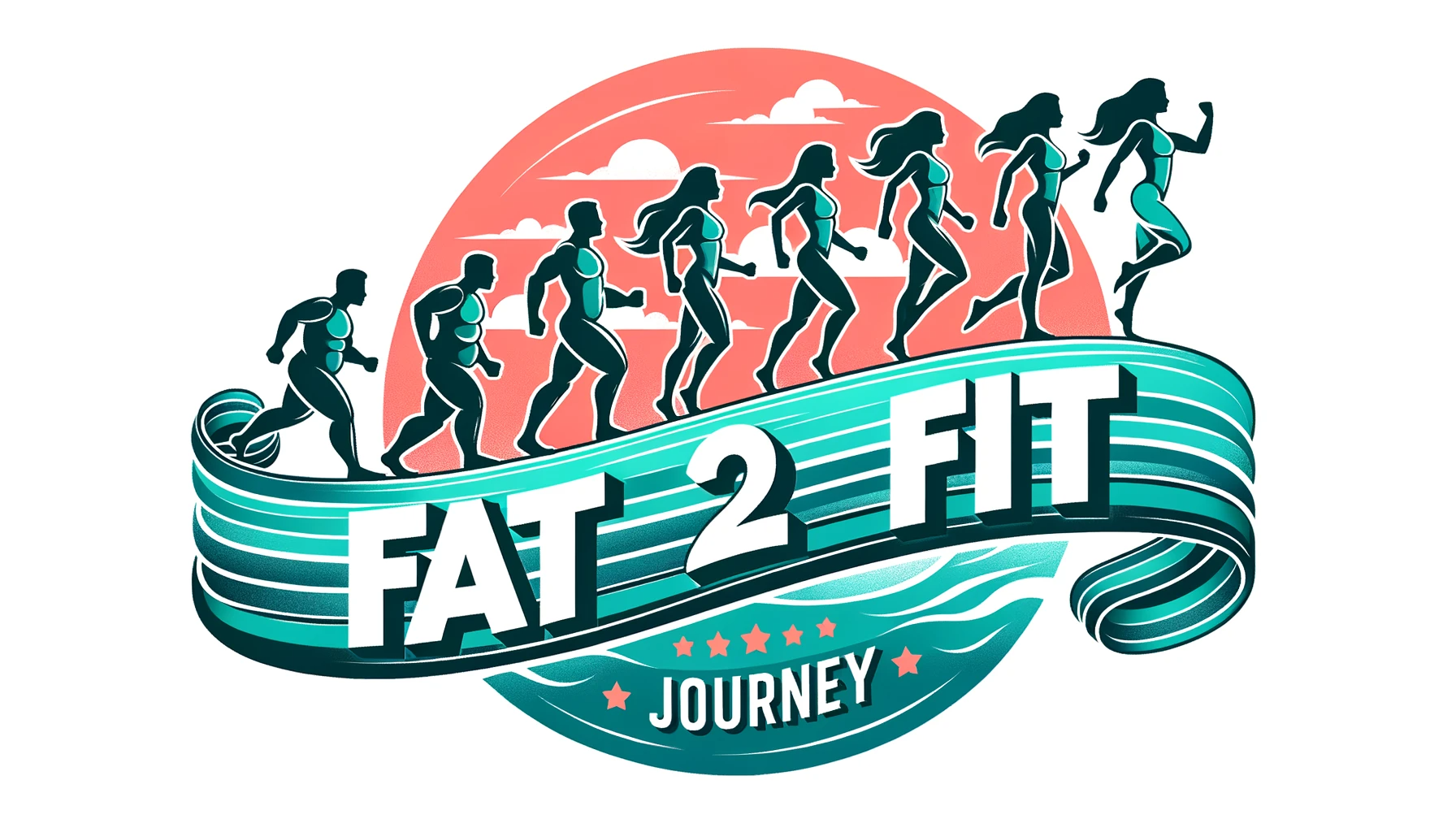Are you ready to lace up your running shoes and embark on a new fitness journey? If you’re a beginner looking to start running, then look no further! This article is packed with valuable tips and guidance to help you kick-start your running journey on the right foot. From choosing the right gear to establishing a training plan, we’ve got you covered. Get ready to hit the pavement with confidence and discover the incredible benefits that running can bring to your overall health and well-being. Let’s dive in and begin your running adventure together!

Table of Contents
Finding the Right Gear
Invest in a good pair of running shoes
When it comes to running, having the right pair of shoes is essential. Invest in a good pair of running shoes that provide proper support and cushioning for your feet. Look for shoes that are specifically designed for running, as they will have the necessary features to help protect your feet and reduce the risk of injuries. It’s worth visiting a specialty running store to get fitted for the perfect pair of shoes, as they can analyze your gait and recommend the best shoe for your feet.
Wear comfortable and breathable clothing
When it comes to running, comfort is key. Opt for clothing that allows for unrestricted movement and is made from breathable materials that wick away sweat. Look for moisture-wicking shirts and shorts or leggings that provide compression and support. Remember to dress appropriately for the weather, layering up in colder temperatures or protecting yourself from the sun in hot weather.
Use a supportive sports bra
For women, a supportive and comfortable sports bra is crucial when it comes to running. The repetitive motion of running can put a strain on breast tissue, so it’s important to choose a bra that offers adequate support to prevent discomfort and potential damage. Look for a sports bra that is specifically designed for high-impact activities and provides both compression and encapsulation support.
Consider using a fitness tracker or smartwatch
If you want to track and improve your running performance, consider using a fitness tracker or smartwatch. These devices can provide valuable information such as distance, pace, heart rate, and even running route mapping. They can help you set goals, monitor your progress, and provide feedback on your running technique. Having a visual representation of your accomplishments can be a great motivator and encourage you to push yourself further.
Setting Realistic Goals
Start with short distances
As a beginner, it’s important to start slow and gradually increase your running distance. Begin by alternating between running and walking, slowly increasing the amount of time you spend running. Aim to cover shorter distances at first, focusing on building a solid foundation and improving your endurance without risking injury. This gradual approach will help your body adapt to the demands of running and prevent burnout.
Gradually increase your running time
Once you have established a comfortable running routine, it’s time to gradually increase the amount of time you spend running without walking breaks. Aim to add a few minutes to your running time each week, slowly building up your endurance. This progressive increase will help improve your cardiovascular fitness and stamina and prepare your body for longer distances.
Focus on consistency over speed
As a beginner, it’s important to prioritize consistency over speed. Focus on developing a consistent running routine rather than trying to run at a fast pace right away. By running regularly, you will build endurance and allow your body to adapt to the demands of running. As you progress, you can gradually work on speed and incorporate interval training to improve your running performance.
Set specific and measurable goals
Setting specific and measurable goals is a great way to stay motivated and track your progress. Whether it’s running a certain distance, completing a race, or improving your pace, having a clear goal in mind gives you something to strive for. Break your goal down into smaller milestones and celebrate each achievement along the way. This will help you stay focused, motivated, and committed to your running journey.
Proper Warm-Up and Cool-Down
Engage in dynamic stretches before running
Before starting your run, it’s important to warm up your muscles and prepare them for the activity ahead. Engage in dynamic stretches that involve active movements rather than static holds. Incorporate exercises such as leg swings, high knees, and butt kicks to get your muscles warm and increase their range of motion. Dynamic stretching helps improve circulation, flexibility, and reduces the risk of injury.
Include a brisk walk or jog as a warm-up
In addition to dynamic stretches, include a brisk walk or gentle jog as part of your warm-up routine. This helps raise your heart rate, increase blood flow to your muscles, and gradually elevate your body temperature. Start with a slower pace and gradually pick up the intensity to ease your body into the running motion.
Finish your run with static stretches
After completing your run, it’s important to cool down and stretch your muscles. Perform static stretches that target the major muscle groups used during running. Focus on stretching your calves, quadriceps, hamstrings, and hip flexors. Hold each stretch for 15-30 seconds without bouncing, and remember to breathe deeply to promote relaxation and flexibility.
Use foam rolling or self-massage for muscle recovery
Foam rolling or self-massage is an effective way to aid muscle recovery and reduce muscle soreness after a run. Roll the foam roller along your muscles, applying pressure to any tight or tender areas. This self-myofascial release technique helps break up adhesions in the muscle tissue, improve circulation, and accelerate the recovery process. Incorporating foam rolling into your routine can help prevent tightness and injuries caused by overused muscles.
Establishing a Routine
Find a time of day that works best for you
Finding a time of day that suits your schedule and energy levels can significantly impact your running routine. Some people prefer to run in the morning to kickstart their day, while others find that running in the evening helps them unwind and relieve stress. Experiment with different times to discover what works best for you and ensures that you can consistently commit to your running practice.
Schedule your runs in advance
To ensure you prioritize and commit to your running routine, schedule your runs in advance. Treat your running time as an appointment with yourself and make it a non-negotiable part of your day. By having a set schedule, you are more likely to stick to it and build running into your daily routine.
Include rest days in your routine
Rest days are just as important as your running days. They allow your body to recover, repair, and adapt to the training stress. Include at least one or two rest days in your weekly running routine to prevent overtraining and reduce the risk of injuries. Use this time to engage in other low-impact activities or simply relax and recharge.
Experiment with cross-training activities
Cross-training involves incorporating other activities into your training routine to supplement your running. It helps prevent overuse injuries and improves overall fitness. Consider activities such as cycling, swimming, strength training, or yoga, which can provide cardiovascular benefits, enhance muscle strength, and improve flexibility. By cross-training, you’ll not only enhance your running performance but also maintain motivation and prevent boredom.
Practicing Good Running Form
Maintain an upright posture
Maintaining a good posture while running is essential to prevent unnecessary stress on your joints and muscles. Keep your head up, your shoulders relaxed, and your chest open. Avoid slouching forward or hunching your shoulders. By maintaining an upright posture, you allow for proper breathing and efficient movement.
Relax your arms and hands
Your arms and hands play a crucial role in maintaining balance and rhythm while running. Keep your arms relaxed and at a 90-degree angle, swinging them back and forth in sync with your strides. Avoid crossing your arms in front of your body or clenching your fists. Relaxing your arms and hands during your run promotes overall efficiency and prevents tension in your upper body.
Land midfoot and avoid heel striking
When it comes to foot strike, aim to land on the middle of your foot rather than striking with your heel. Landing midfoot helps distribute the impact forces evenly and promotes a smoother running gait. Heel striking, on the other hand, can lead to excessive force on the joints and potentially increase the risk of injuries. Focus on maintaining a light and quick foot turnover.
Take short and quick strides
Opt for shorter and quicker strides rather than long, slow strides. Short strides help reduce the impact on your joints and improve your running efficiency. Aim for a cadence of around 180 steps per minute, which often correlates with shorter strides and a faster pace. Increasing your cadence can help reduce the risk of overstriding and promote a more efficient running style.
Listening to Your Body
Pay attention to any pain or discomfort
As a runner, it’s important to listen to your body and pay attention to any signs of pain or discomfort. Running through pain can lead to further injuries and prolong your recovery time. If you experience persistent pain, it’s important to take a break and allow your body to heal. Some muscle soreness is normal, especially for beginners, but sharp or stabbing pain should never be ignored.
Take rest days when needed
Rest days are vital for your body to recover and rebuild after the stress of running. If you feel fatigued, excessively sore, or notice a decline in your performance, it’s a sign that you may need a rest day. Be mindful of your body’s signals and give yourself permission to take a break when needed. Remember, rest days are just as important as training days for overall progress.
Consult a healthcare professional if necessary
If you experience persistent or severe pain, it’s important to consult a healthcare professional, such as a sports medicine physician or physical therapist. They can assess your condition, provide appropriate treatment, and offer guidance to help you safely continue your running journey. Don’t hesitate to seek professional advice if you have any concerns or questions about your running.
Stay hydrated and nourished
Proper hydration and nutrition are vital for optimal running performance and recovery. Stay hydrated before, during, and after your runs by drinking water or sports drinks. Fuel your body with a balanced diet that includes carbohydrates for energy, protein for muscle repair, and healthy fats for overall health. Pay attention to your body’s hydration and nutrition needs to support your running goals.

Building Stamina and Endurance
Incorporate intervals and hill training
To build stamina and improve your endurance, incorporate intervals and hill training into your running routine. Intervals involve alternating between periods of high-intensity running and recovery periods of lower intensity or walking. This type of training helps increase your cardiovascular fitness and improve your ability to sustain a faster pace. Hill training challenges your muscles and cardiovascular system, helping to build strength and endurance.
Gradually increase your mileage
As your fitness level improves, gradually increase your running mileage. Start by adding a little extra distance to your longest run each week. Aim to increase your total weekly mileage by no more than 10% to avoid overtraining and reduce the risk of injuries. Slowly and steadily building up your mileage allows your body to adapt and progress safely.
Implement cross-training activities
In addition to running, incorporating cross-training activities into your routine can help improve stamina and endurance. Activities such as cycling, swimming, or using an elliptical machine provide cardiovascular benefits without the impact of running. These low-impact exercises can not only give your body a break from the repetitive motion of running but also help build overall endurance.
Focus on building aerobic capacity
Aerobic capacity is the ability of your body to effectively use oxygen during exercise. To improve your aerobic capacity, focus on running at a moderate intensity for longer durations. This means running at a pace where you can maintain a conversation without feeling overly breathless. Building your aerobic capacity will help you sustain a faster pace and improve your overall endurance.
Staying Motivated
Join a running group or find a running buddy
Running with others can significantly boost motivation and provide a sense of accountability. Joining a running group or finding a running buddy can help you stay committed to your running routine and make the experience more enjoyable. You’ll have the opportunity to share your progress, learn from others, and experience the support and camaraderie that comes from running together.
Set rewards for achieving your goals
Rewarding yourself for achieving your running goals can be a great way to stay motivated and committed. Treat yourself to new running gear, a massage, or a day off. Find rewards that align with your interests and make achieving your goals even more satisfying. Setting small rewards along the way can provide an extra boost of motivation to keep pushing forward.
Track your progress and celebrate milestones
Tracking your progress is an effective way to stay motivated and see how far you’ve come. Use a running app or journal to record your runs, distance, pace, and any other relevant data. Celebrate milestones such as running your first 5K, reaching a new distance, or achieving a personal best time. Recognizing your achievements can fuel your motivation and inspire you to set new goals.
Mix up your running routes and scenery
Running the same routes can become monotonous and lead to boredom. To keep things fresh and exciting, explore different running routes and scenery. Whether it’s exploring new neighborhoods, parks, or trails, changing up your routes can add variety and make your runs more enjoyable. Discovering new places can provide a sense of adventure and enhance your overall running experience.
Mental Strategies for Running
Practice positive self-talk
Positive self-talk is a powerful tool that can help overcome mental barriers and boost confidence while running. Instead of focusing on negative thoughts or doubts, replace them with positive and encouraging statements. Use affirmations such as “I am strong,” “I am capable,” or “I can do this” to motivate yourself and maintain a positive mindset throughout your runs.
Use visualization techniques
Visualization involves mentally rehearsing your upcoming runs or races. Close your eyes and imagine yourself running effortlessly, crossing the finish line, or achieving your running goals. Visualize the details such as the sights, sounds, and feelings associated with your successful run. This technique helps build confidence, reduce anxiety, and prepares your mind for a successful run.
Break your run into manageable segments
Running long distances can seem daunting, especially for beginners. To make it more manageable, break your run into smaller segments. Focus on running to a certain landmark, such as a lamppost or a tree, before taking a short walk break. Mentally dividing your run into smaller chunks makes it easier to stay motivated and maintain a consistent pace.
Embrace the power of music or podcasts
Listening to music or podcasts can provide a distraction and keep you motivated during your runs. Create a playlist of uplifting and energizing songs that match your running pace or listen to educational or entertaining podcasts to keep your mind engaged. Music and podcasts can help pass the time and provide an enjoyable experience while running.
Recovering Properly
Include a cooldown period after each run
After completing your run, take the time to cool down and allow your body to transition back to a pre-exercise state. Include a cooldown period of around 5-10 minutes of easy jogging or walking. This helps gradually lower your heart rate, remove waste products from your muscles, and reduce the risk of post-run dizziness or discomfort.
Refuel with a balanced post-run snack or meal
After a run, it’s important to refuel your body with the nutrients it needs for recovery. Consume a balanced post-run snack or meal that includes carbohydrates for glycogen replenishment, protein for muscle repair, and a source of healthy fats. Options such as a banana with peanut butter, a protein shake, or a balanced meal with lean protein, vegetables, and whole grains can help optimize your recovery.
Get enough sleep for muscle repair
Sleep plays a crucial role in muscle repair, growth, and overall recovery. Aim for 7-9 hours of quality sleep each night to allow your body to recover from the physical stress of running. Sleep deprivation can negatively impact your performance, increase the risk of injuries, and hinder the recovery process. Prioritize sleep as an essential part of your running routine.
Consider using compression gear or ice baths
Compression gear, such as compression socks or sleeves, can help improve circulation, reduce muscle soreness, and aid in recovery. Wearing compression gear post-run can provide a gentle squeeze to your muscles, promoting blood flow and preventing swelling. Additionally, taking ice baths after intense runs or races can help reduce muscle inflammation and accelerate recovery. However, consult with a healthcare professional before trying any new recovery methods to ensure they are suitable for you.
Congratulations on starting your running journey! By following these tips and implementing them into your routine, you’ll be well-equipped to enjoy your runs, improve your fitness, and achieve your running goals. Remember to listen to your body, stay consistent, and enjoy the process. Happy running!

